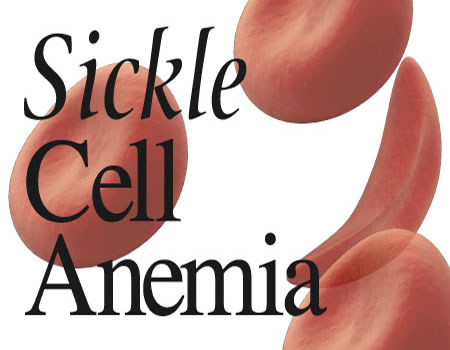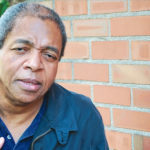Professor Alonge, in the 445th inaugural lecture of the University of Ibadan, entitled “Arrest the First Leg of the Quartet: Bone Infraction or Bone Infection?” stated that the most dangerous pain individuals with sickle cell have is bone pain crisis due to infection by bacterial organisms.
While noting that simple technique can be used to differentiate bone pain crisis in these patients, he said through regular vaccination, they could be protected from organisms that cause this bone pain that their bodies are unable to recognise.
The don, saying that three to four per cent of the Nigerian population have sickle cell anaemia, stated that sickle cell patients often have bone pain crises throughout their lifetime, adding that whenever such crises occur, it is often difficult to determine the actual cause of the bone pain.
He said when such a bone pain is allowed to fester, it ends up as a chronic osteomyelitis, a severe, persistent, and sometimes incapacitating infection of bone and bone marrow.
Professor Alonge stated that these bacteria organisms that cause bone pain crisis enter the bone through different means, including the bloodstream, open fractures and following surgeries.
“You may make a wrong diagnosis if you do not know the actual cause of the pain. That is why I call it the quartets: the first, second, third and fourth legs. If the bone infection goes from the first leg to the second leg and you do not stop it, you have already caused bone damage and bone death.
“We have come up with simple techniques that can enable medical practitioners to differentiate between bone pain caused by infraction and one not caused by infection.
“So there should be a sickle cell programme that will allow these patients to have a regular vaccination against these particular organisms. We should establish enough sickle cell centres where they can actually come and be sorted out.
“There is a particular test that we can use to diagnose the first leg of bone infection, which is bone oedema. It is called a dual-energy CT scan. If we can get the machine in most of the teaching hospitals we can make the diagnosis early and treat them before they become chronic.”






